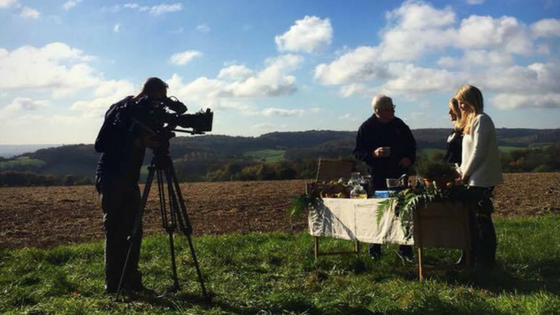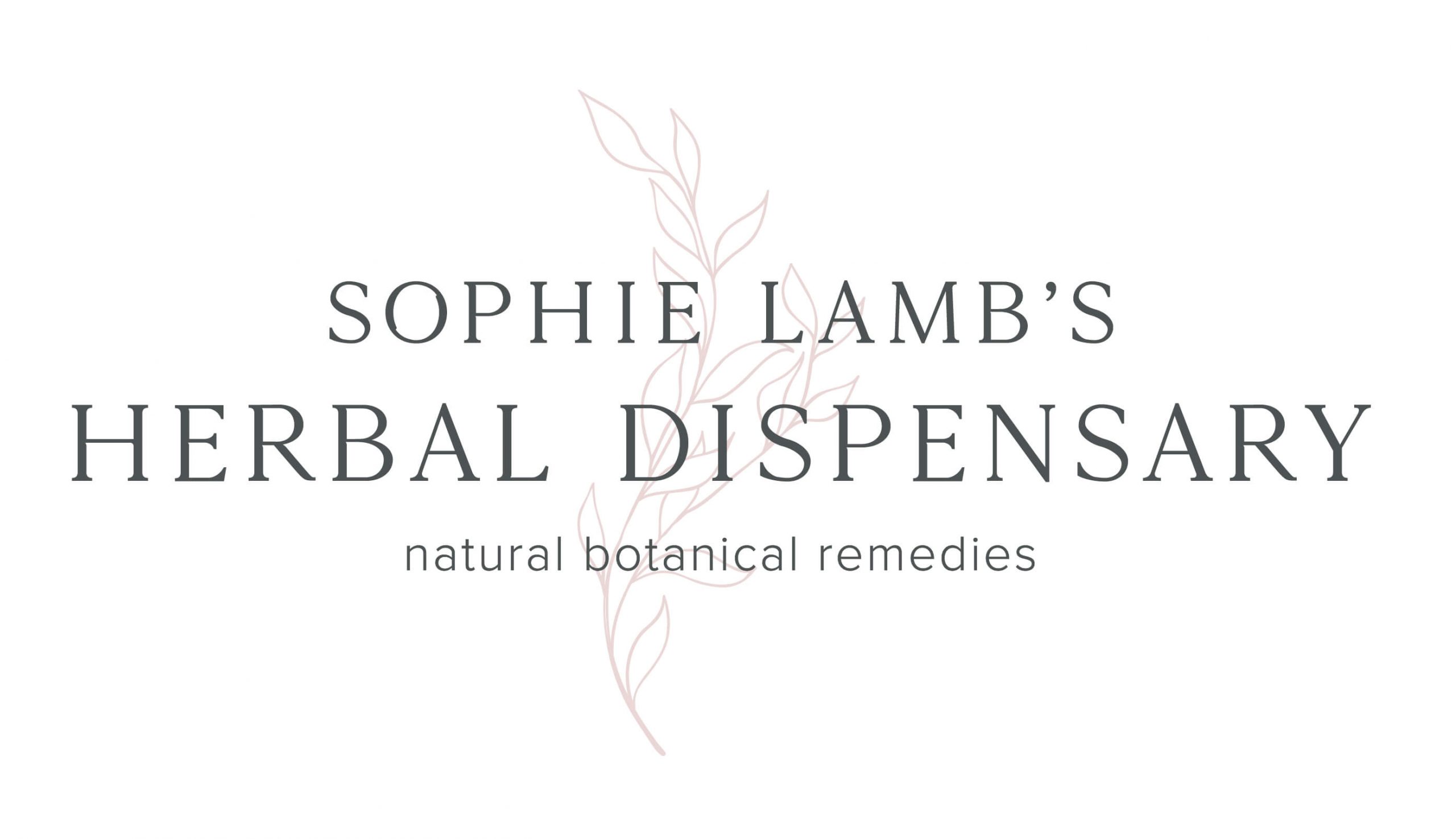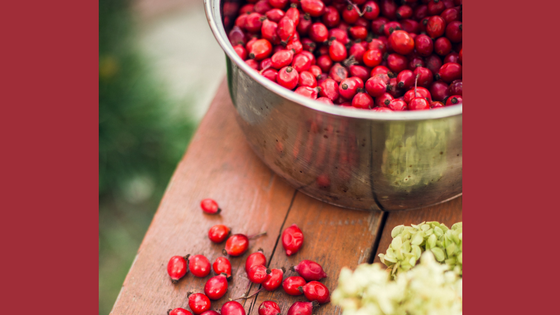
Countryfile, John Craven and Hedgerow Medicines
Recently, I was invited to appear on Countryfile alongside John Craven with my father and sister to discuss the role of British grown medicinal plants in the war effort. I come from a long line of doctors dating back nearly 300 years. My father Brian Lamb is Scotland’s longest practicing medical herbalist and I am the only second generation Medical Herbalist in the UK. My clinic is based in my sister Naomi’s boutique health store Botanica Health in Rusthall.
With winter fast approaching and antibiotic resistance on the rise, how best to protect our immune system is high on the agenda. With this in mind, we were invited to appear on Countryfile’s Remembrance Sunday programme
We showed viewers some of the immune boosting plants that grow around Kent such as rosehip and the sweet chestnut leaf but our appearance on one of the BBC’s most successful shows on Remembrance Sunday was no coincidence. We were asked to extol the virtues of using nature’s rich abundance of plants and herbs because during the war effort the Ministry of Health relied on a steady and vital supply of these in order to help with many ailments.
The opium poppy for example helped with pain relief while foxgloves gave heart rhythm stabilising compounds. Rosehips were a very important source of vitamin C (they contain 20 – 50 x more vitamin C than oranges) and were collected and turned into syrup to protect children against scurvy whilst the importation of citrus fruits was greatly reduced. John Craven clearly remembered taking rosehip himself as a child.
My sister Naomi and I also talked about the benefits of the spices that are more than likely in your own kitchen cupboard. These include the antibiotic effect of garlic and the antiviral elements of star anise. The latter provides the key ingredient for the drug Tamiflu and serves as an interesting reminder that up to 50% of drugs developed in the last 30yrs and 11% of drugs on the World Health Organisation’s List of Essential Medicines come from plants – aspirin, morphine, lidocaine and atropine to name a few.
From hedgerow to health, our childhoold was punctuated by regular herb picking outings with our father and two other sisters in the Highlands of Scotland where the family lived. Early memories include making Coltsfoot syrup out of the honey-smelling yellow flowers, being boot-deep in a bog collecting bog bean (extremely useful for rheumatic and muscular pain) and picking the delicate eyebright plant (used for hayfever) on sandy coastal paths.
Herbal medicine today combines leading science with traditional botanical wisdom and there is no doubt, that as an antibiotic winter threatens in the near future, we will be looking to the herbs again for our protection.
The great news is you can make your own immune boosting medicines that went into John Craven’s winter hamper:
http://sophielamb.com/make-your-own-rosehip-syrup
http://sophielamb.com/garlic-and-chilli-special
Post a Comment
You must be logged in to post a comment.




